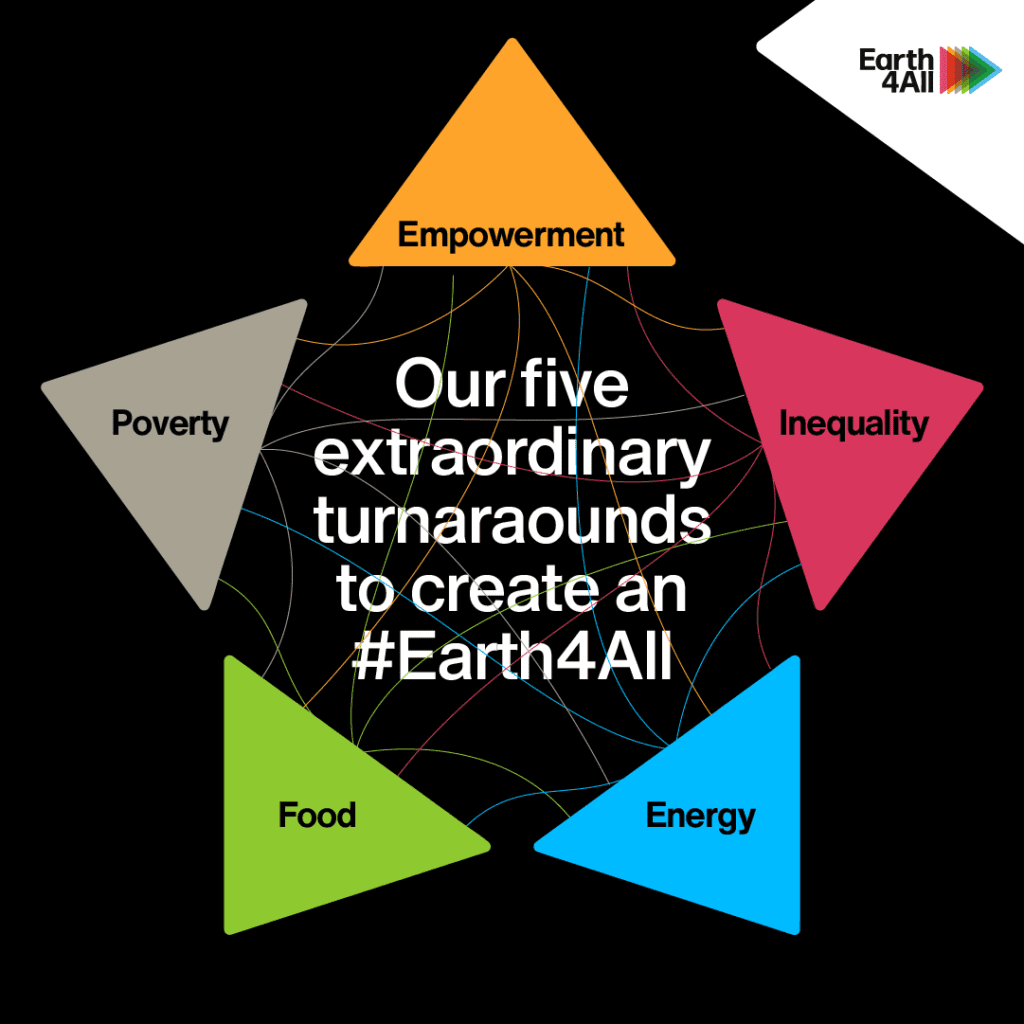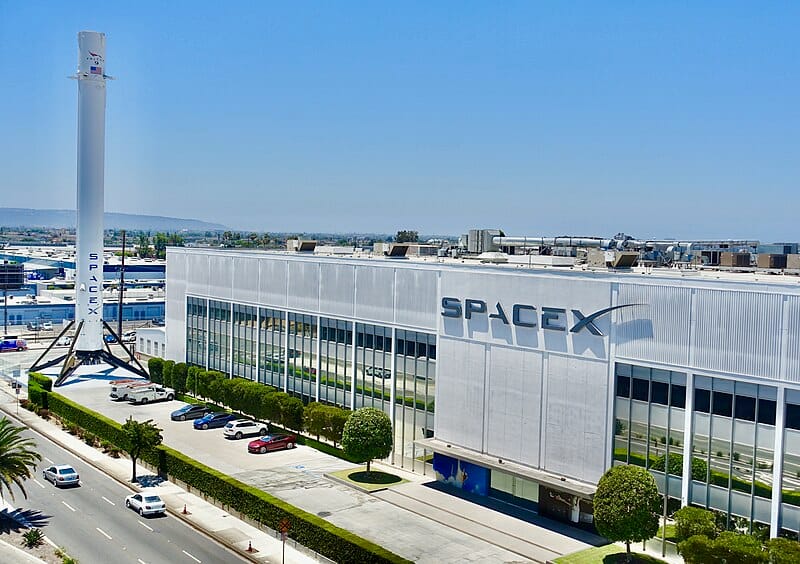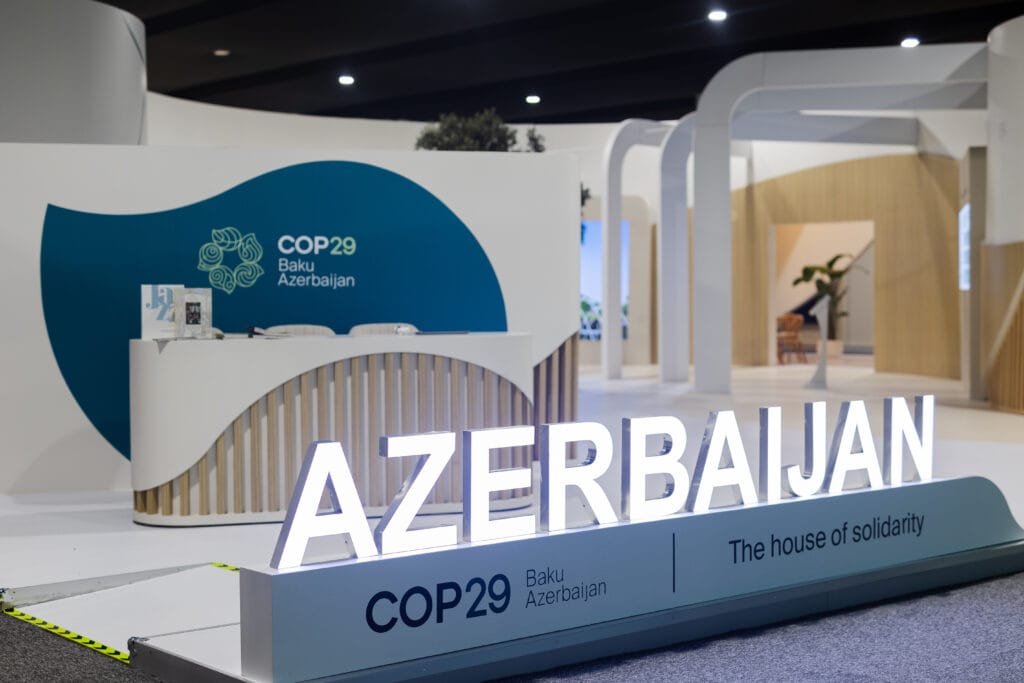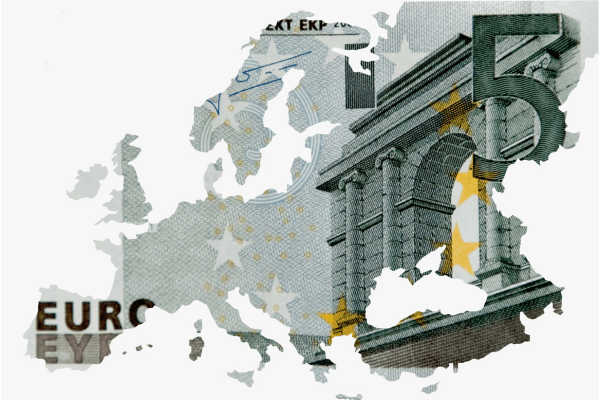Dire predictions about the impending collapse of civilization have become almost common place. Okay, doomers – enough.
Yes, humanity faces existential risks. In the coming decades, billions of people in the world’s poorest economies will be hit the hardest. It is now more likely than not that the planet will cross multiple climate tipping points.
A challenging future undoubtedly awaits, with rolling shocks shaking governments everywhere to their core. Our life support system will likely take over 10,000 years to recover from our assaults. And yes, we have only ourselves to blame, or to be precise the wealthiest nations and people. But is a collapse of our freewheeling, endlessly inventive, often confounding civilisation inevitable? Absolutely not.
As Mia Mottley, the prime minister of Barbados, told world leaders gathered in Egypt this week at the United Nations climate summit, “We know what it is to remove slavery from our civilisation, to find a vaccine within two years for a pandemic, to put a man on the moon.” But the only solution peddled by politicians to the current crisis is economic growth. While economic growth is absolutely essential to pull the poorest countries out of poverty, resilient societies will be forged not by ever greater wealth, but by greater social cohesion, good governance and the capacity to innovate.
Two years ago, we launched the Earth4All initiative, an international collaborative effort by economists, scientists, and advocates to explore policy solutions that do just that: steer humanity away from collapse and towards resilience. We present our findings in a new book, Earth for All: A Survival Guide for Humanity.
In the book we explore two scenarios – Too Little, Too Late and The Giant Leap. In both scenarios, the global economy grows throughout this century. In the former, the rich grow richer leaving the poor behind. Social tensions rise. Governments struggle to deal with major shocks. The risk of regional collapse grows every decade. We can be certain that on our current path, the global increase in average temperature is likely to hit a catastrophic 2.5°C, putting the world in grave danger. This scenario is the path we are on. But, with extraordinary effort societies transform to wellbeing economies that are more resilient to shocks. Social tensions fall. Global temperature stabilises at around 2°C. This is the Giant Leap.
Earth for All can trace its origins to The Club of Rome commissioned report The Limits to Growth published 50 years ago. Back then scientists used early computer models to show that Earth’s finite resources would eventually buckle under the weight of material consumption. Food production would fall, followed by a precipitous fall in population. Many people were shocked by the conclusion that pushing beyond the limits of the planet could lead to collapse. Over the last 50 years the world has followed the report’s worst-case scenario and we are beginning to see deep fractures in the Earth system and within societies. With Earth for All we could have explored more collapse scenarios, but we believe our future will be built on economic optimism not despair.

Our analysis concludes that five extraordinary turnarounds are the minimum viable product to build fair and resilient societies. These are addressing poverty, inequality, gender imbalances, food insecurity, and energy. Success hinges on tackling all together right now. Solving the energy crisis alone will not enhance democracies. Indeed, it is likely to drive greater inequality – the richest man on Earth, Elon Musk, has derived his fortune from electric vehicles after all – which contributes to more division in societies.
Redistributing wealth is needed to rebuild the trust in democratic systems. This is essential to build broad political support to take bold decisions. The policies we propose, including progressive income and wealth taxes, international tax alignment and a universal basic dividend, would ensure that the richest 10% will have less than 40% of national incomes by around 2030 and further reduce inequality beyond this date. Addressing wealth and income inequality must also be closely linked to reigning in the luxury carbon and biosphere consumption of the wealthiest in societies. This is why a fair price on carbon is a smart way to redistribute wealth and cut emissions.
Without profound change, climate chaos, food insecurity and poverty are likely to drive conflict leading to societal collapse in vulnerable regions, with spillover effects everywhere. As Mottley warned in Sharm el-Sheikh, we can expect a billion refugees by 2050. This is a reasonable estimate when you consider that the largely uninhabitable zones around the equator are expected to expand into heavily populated areas in the coming decades without immediate deep emissions cuts. Countries at high risk include some of the most fragile and vulnerable states on Earth: Egypt, Sudan, Nigeria, Yemen, Pakistan, Afghanistan and the Philippines.
Today, it may seem the world is as far from an Earth for All future as ever. But we found some room for optimism. We may have already reached a positive social tipping point: citizens want change. Our global survey finds that 74% of people in G20 countries want their governments to reform economic systems to prioritize wellbeing and the planet over a singular focus on growth and profits.
Our civilisation often does the right thing when we have exhausted all other alternatives. This point has now been reached. Humanity’s future on Earth will be vastly more peaceful, prosperous, and secure if we do everything in our power to rebuild our economies to maximize wellbeing and Earth system resilience rather than shareholder value.



